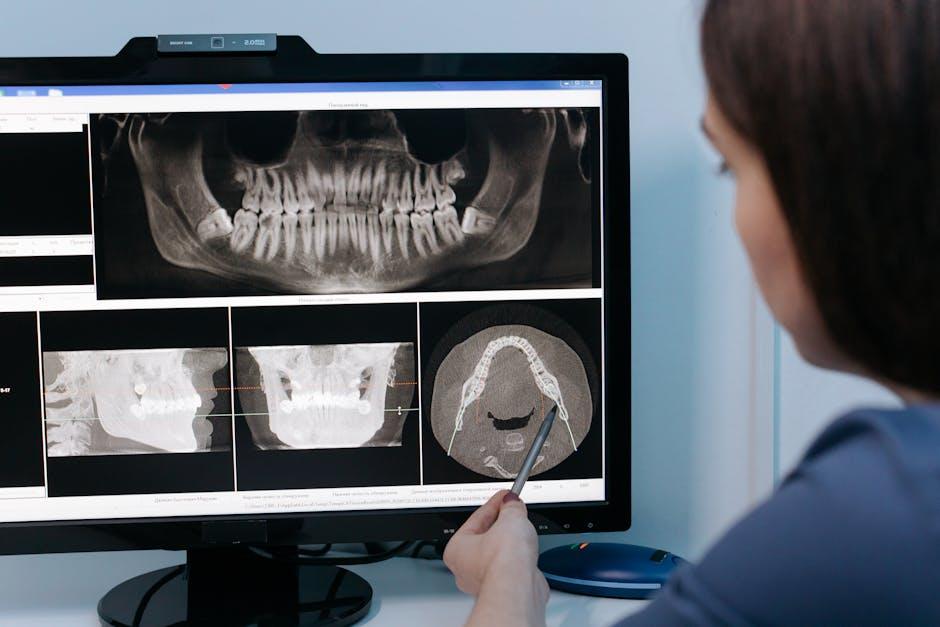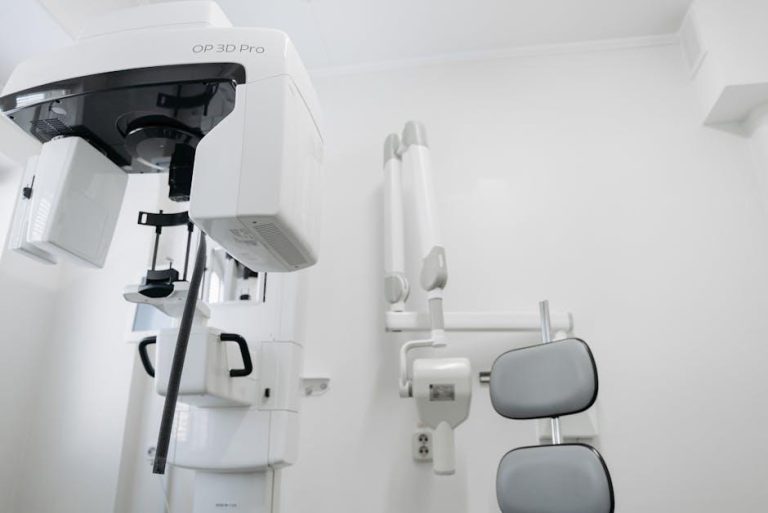
Dental Imaging Tech Boom: AI & 3D Scanners Reshaping the $6B Market
The dental industry is experiencing a groundbreaking transformation, powered by the remarkable advancements in artificial intelligence (AI) and 3D scanning technology. According to recent reports from PR Newswire, the global dental imaging market stands at an impressive $6 billion and is poised for rapid growth as cutting-edge technologies redefine diagnostic accuracy, patient care, and operational efficiency. This article explores the dynamic interplay between AI and 3D scanners and how they are spearheading the dental imaging tech boom.
Understanding the Dental Imaging Market
Dental imaging encompasses a broad spectrum of diagnostic tools and technologies used to capture detailed images of teeth, gums, and oral structures. Traditionally reliant on 2D X-rays, the market has significantly expanded with the introduction of:
- 3D Cone Beam Computed Tomography (CBCT) scanners
- Intraoral 3D scanners
- AI-powered image diagnostics and analysis software
These innovations enable dentists to diagnose complex issues with unprecedented precision, facilitating personalized treatment plans in fields such as orthodontics, implantology, and oral surgery.
How AI is Revolutionizing Dental Imaging
Artificial intelligence is no longer a futuristic concept but a practical tool reshaping dental diagnostics:
- Enhanced Diagnostic Accuracy: AI algorithms analyze dental images to detect cavities, bone loss, tumors, and other abnormalities faster and more accurately than traditional methods.
- Automated Image Processing: AI reduces manual interpretation by automating the segmentation of dental structures, improving workflow efficiency for clinicians.
- Predictive Analytics: Advanced AI models can forecast disease progression, helping in early intervention and proactive patient management.
By leveraging large data sets and deep learning, AI contributes to a marked reduction in diagnostic errors and improved patient outcomes.
The Rise of 3D Scanners in Dentistry
3D dental scanners have revolutionized how oral health professionals capture patient anatomy, offering numerous advantages over older technologies:
- Precision and Detail: 3D scanners produce highly accurate, volumetric images of teeth and soft tissues, enabling precise treatment planning.
- Patient Comfort: Intraoral scanners eliminate the need for uncomfortable physical molds and impressions.
- Improved Communication: Detailed 3D models facilitate better communication between dentists, patients, and labs.
The integration of 3D scanning with CAD/CAM systems accelerates the fabrication of crowns, bridges, aligners, and implants, streamlining workflows and reducing turnaround times.
Market Growth & Trends: Key Stats
The $6 billion dental imaging market is expected to maintain a robust compound annual growth rate (CAGR) over the next five years. The following table highlights critical aspects contributing to market growth:
| Segment | Market Share (2024) | Projected CAGR (2024-2029) |
|---|---|---|
| 3D CBCT Scanners | 38% | 9.4% |
| Intraoral 3D Scanners | 27% | 11.5% |
| AI Dental Imaging Software | 20% | 14.0% |
| Traditional 2D Imaging | 15% | 2.5% |
Benefits of AI & 3D Scanning Tech for Dental Practices
Dental professionals adopting these technologies report numerous operational and clinical benefits:
- Improved Diagnostic Confidence: AI-powered tools provide a second set of “eyes,” helping reduce oversight and misdiagnosis.
- Enhanced Patient Experience: Faster scans and minimally invasive imaging methods increase patient satisfaction.
- Cost Efficiency: Streamlined workflows reduce chair time and lab errors, minimizing expenses.
- Expanded Treatment Possibilities: Complex cases can be tackled with higher precision and predictability.
Case Study: Transforming an Orthodontic Practice with AI & 3D Scanners
Dr. Melissa Chen, a leading orthodontist in California, recently integrated AI-enhanced 3D intraoral scanners into her practice. The results have been striking:
- 30% reduction in appointment durations due to faster digital impressions
- Significant decrease in retakes and adjustment visits thanks to high-precision scans
- Enhanced patient trust and engagement through visual treatment simulations
According to Dr. Chen, “The synergy between AI diagnostics and 3D scanning has allowed us to design more accurate, personalized treatment plans without compromising efficiency.”
Practical Tips for Dental Clinics Adopting New Imaging Tech
Successfully integrating AI and 3D scanning technology entails careful planning and training. Here are some tips:
- Start with Staff Education: Ensure your team understands both the technology and its clinical applications.
- Choose User-Friendly Systems: Opt for solutions with intuitive interfaces and reliable customer support.
- Gradually Phase Technology In: Pilot new imaging tech on selected cases before full adoption.
- Leverage Training Materials & Webinars: Most vendors provide comprehensive resources—take advantage early.
- Prioritize Data Security: Safeguard patient information with encrypted digital platforms.
The Future of Dental Imaging Technology
The fusion of AI and 3D scanning is just the beginning. Experts predict ongoing innovations such as:
- Augmented Reality (AR) Visualization: Real-time overlays during procedures
- Interoperability: Seamless integration between imaging, electronic health records (EHR), and treatment planning software
- Remote Diagnostics: Tele-dentistry combined with AI-driven imaging review
- Personalized AI Models: Tailored risk assessments based on individual patient data
These advances will push the dental imaging market beyond $10 billion by the end of the decade, reshaping oral health diagnosis worldwide.
Conclusion
The $6 billion dental imaging market is undergoing a revolutionary transformation thanks to AI and 3D scanning technologies. These tools enhance diagnostic precision, streamline workflow, and elevate patient experiences—all while driving significant market growth. As dental professionals continue to embrace these innovations, the future promises smarter, faster, and more personalized dental care. Staying informed and adopting these technologies strategically will ensure practices remain competitive and deliver top-tier oral health services in the years ahead.


